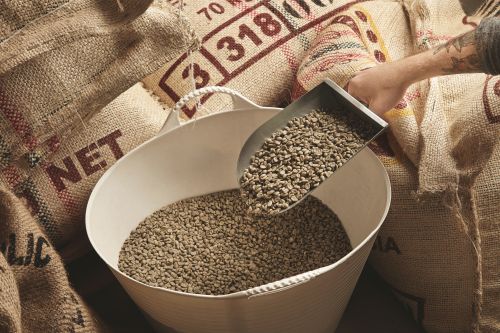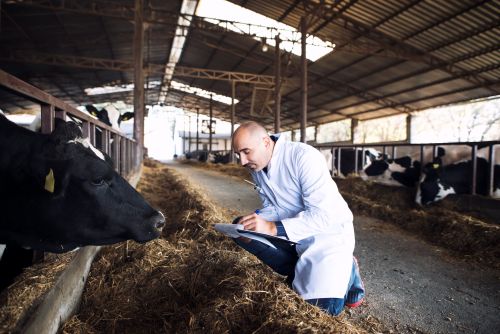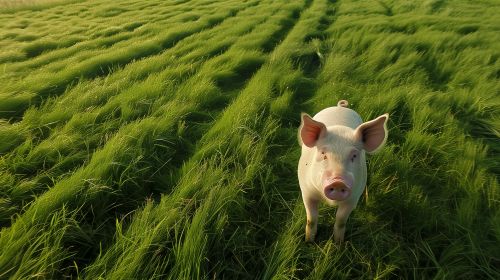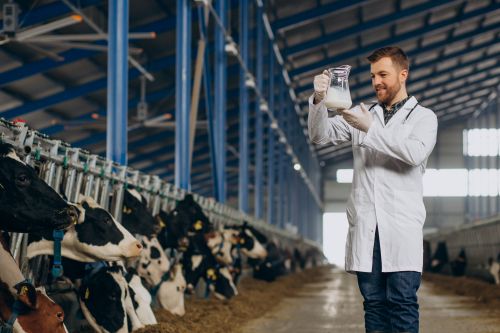595
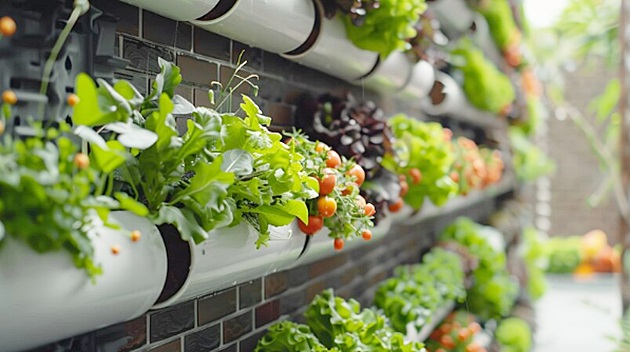
For many countries around the world, water scarcity is a matter of life and death—water is what makes the difference between prosperity and poverty.
Today, over one billion people globally lack reasonable access to drinking water, causing millions of deaths each year. According to an article on PHYS.ORG, it is estimated that every 17 seconds, a child dies from dysentery.
All these technologies also have direct applications in greenhouse crops, where cost efficiency is crucial.
Just 0.5%
Given the circumstances, experts are urgently seeking solutions for the global use of water, before water shortages become a major cause of international conflict. The vast majority of water on our planet is found in the oceans.
Only 3% of Earth’s water is fresh and can be used for agriculture and drinking, and most of that is "stored" in glaciers. This means that only 0.5% of the Earth’s water is actually accessible. Of this limited resource, more than two-thirds is used in agriculture.
If we are to reduce water consumption, the focus must be on making farms more sustainable and efficient. With the global population continuously growing, we need to produce more crops using less water and less farmland.
Currently, only about one-third (37%) of land that could be cultivated is actually being used. Agricultural land is available, but remains undeveloped due to lack of infrastructure, forests, or conservation needs. The world’s greatest challenge isn’t the shortage of land—but the shortage of water!
Is traditional agriculture still viable?
A key question for scientists is how to grow more crops using significantly less water. One promising option is to find a sustainable method to desalinate Earth’s existing—essentially infinite—saltwater reserves, so that seawater can be used in agriculture.
Today, some farms are already using solar energy to extract salt from seawater and produce fresh, potable water for greenhouse crops. These farms operate on barren land, where plants are grown using hydroponic systems that don’t require soil.
Year-round cultivation in these systems would drastically reduce the use of freshwater in hot and arid regions. However, the main concern remains the high setup costs of such greenhouses.
It’s clear that water scarcity could be greatly alleviated if farmers could simply use less water for their crops without sacrificing yields. Easier said than done—but it is critically important, especially in drought-prone areas.
This is why scientists around the world are working to identify the genes that would allow plants to grow in dry and arid conditions.
For instance, how can we make rice grow on dry soil, when it currently depends heavily on irrigation? Could we unlock the "secrets" of desert plants that naturally retain moisture and survive extreme heat—and transfer these traits to other crops?
Once drought-tolerance traits in plants are identified, they could be replicated and introduced into crops through genetic engineering—without, as some non-experts might claim, introducing toxins into food.
Drought-tolerant crops
Traditionally, farmers have bred drought-tolerant crops through a slow and laborious process of selective cultivation, with results seen only after many generations.
Genetic engineering, on the other hand, could deliver results much faster. A recent study identified various root architecture systems in chickpea varieties.
Ongoing studies aim to identify the genes responsible for efficient water and nutrient uptake in dry soils. Once such a genetic factor is identified, scientists could directly deliver the gene that enables plants to absorb more water in dry conditions.
A key factor in plant drought tolerance is the hormone abscisic acid (ABA), which increases water-use efficiency in plant stems.
Abscisic acid is a natural inhibitor widely found in plants. Together with growth-promoting substances—especially auxins, gibberellins, and cytokinins—it regulates plant growth and development (BONNER et al.).
This endogenous inhibitor has strong biological activity. It initiates and controls plant aging processes, inhibits growth and development, accelerates leaf and fruit abscission, induces bud and seed dormancy, controls stomatal opening and closing, inhibits nucleic acid and protein biosynthesis, and prevents seed germination and bud sprouting.
Genetic engineering and the communication gap
The discovery of abscisic acid was the result of independent research by two teams: one in the U.S. led by F.T. Addicott and colleagues, and the other in the U.K., led by P.F. Wareing and team.
The U.S. team worked mainly on cotton and extracted a crystalline compound from mature cotton capsules—initially called abscisin I—that accelerated leaf drop. Later, they discovered another endogenous inhibitor—abscisin II—in young, unripe fruit, which also promoted fruit drop.
The physical and chemical properties, as well as the molecular formula (C₁₅H₂₀O₄), were determined by Ohkuma and collaborators. However, ABA also reduces photosynthetic efficiency, which limits long-term plant growth and lowers crop yields.
But this hasn’t always been the case. Modern crops appear to have lost a key gene that once enabled early plants to tolerate extreme dehydration. This ancient trait allowed the first plants to colonize land around 500 million years ago.
This is the major challenge facing agricultural scientists: to develop crops that can grow with minimal irrigation and help reduce global water shortages. These drought-tolerance mechanisms—now lost in many modern crops—need to be rediscovered, especially in greenhouses, where they could significantly lower costs.
Genetic engineering remains a controversial topic, even though extensive scientific research confirms that all genetically engineered (GE) crops currently on the market are safe for consumption. This controversy is, in part, due to a failure in communication. In reality, we will need to employ all technologies available to us, and GE crops have far too much potential to be ignored.
(Photo: Freepik)
